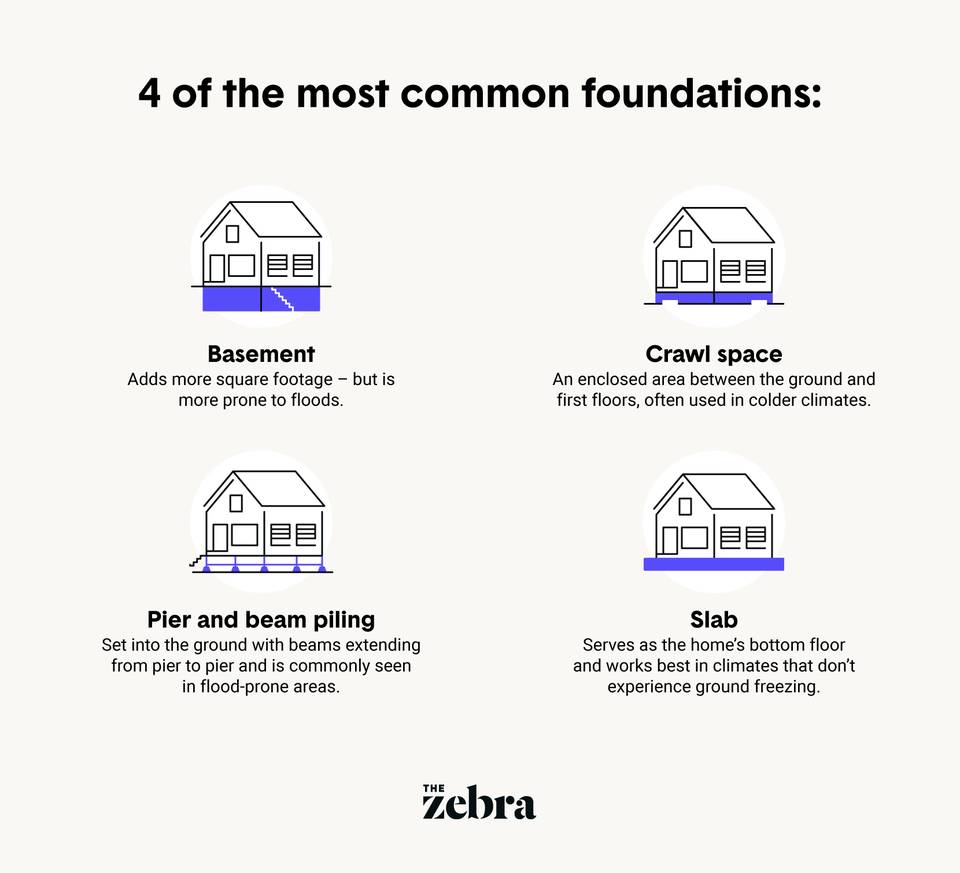Foundation movement often happens during warmer weather when there’s not a lot of moisture, but there are some proactive steps you can take to keep your foundation healthy:
- Inspect and catch it: Check your foundation throughout the year to look for any signs of wear and tear. If you see a crack, keep close tabs on its size – if it starts to get bigger, you may want to call a professional.
- Just add water: Cracks often occur due to lack of moisture, which can cause the soil to contract in different directions. To avoid this from happening, keep the ground beneath your home moist.
- But not too much water: While moisture is good, a lot of water is bad. It’s important to check for standing water near the foundation and ensure that your home’s downspouts are directing water away from the foundation.
- Landscape wisely: Make sure that landscaped areas are sloped away from the foundation to allow for drainage, as well as prevent moisture from invading it. Also consider where your trees are placed, because if a tree is too close to your foundation, soil shrinkage could cause damage.
- Keep an eye on plumbing: Monitor for any plumbing issues that might arise, including leaks that release water into the ground and over-soften the soil.
A peek into your homeowners policy
Good foundation maintenance not only means a safer home, but it also means fewer insurance headaches. That’s because common foundation issues like soil expansion and poor construction are not usually covered by your homeowners insurance policy.
Carriers consider these types of problems to be avoidable with proper foundation and home upkeep. However, you may be covered if the issue is related to plumbing; some policies cover water leakage from broken plumbing caused by cracking and sinking.
Another instance where foundation damage might be covered is if foundation issues are a result of a natural disaster that’s included in your policy. For example, foundation destruction from a tornado, explosion or fire could lead to reimbursement.
If you live in an area prone to earthquakes or floods and your home and its foundation are damaged due to one of these events, you should be protected. However, this is supplemental insurance, so you’ll need to have purchased this in addition to your regular policy (and have done so before the damage occurred).
Finding the right foundation
When it comes to purchasing or building a home, the type of foundation may influence price but not necessarily insurance coverage. Crawl spaces and basements are more expensive to build, so they may lead to higher prices than a house built on a slab. However, one type of foundation doesn’t necessarily impact insurance prices more than another, per se. It’s more important to ensure that the home has the best type of foundation for the climate in which you live or the type of land on which you’re building. That’s because if your foundation isn’t the right fit, it’ll be more prone to damage, which will drive up the cost to fix your home.
Hopefully after reading this you feel a little more knowledgeable about your home’s foundation. So, not only can you be more proactive about its upkeep, you can also ask the right questions when it comes to your insurance policy.





